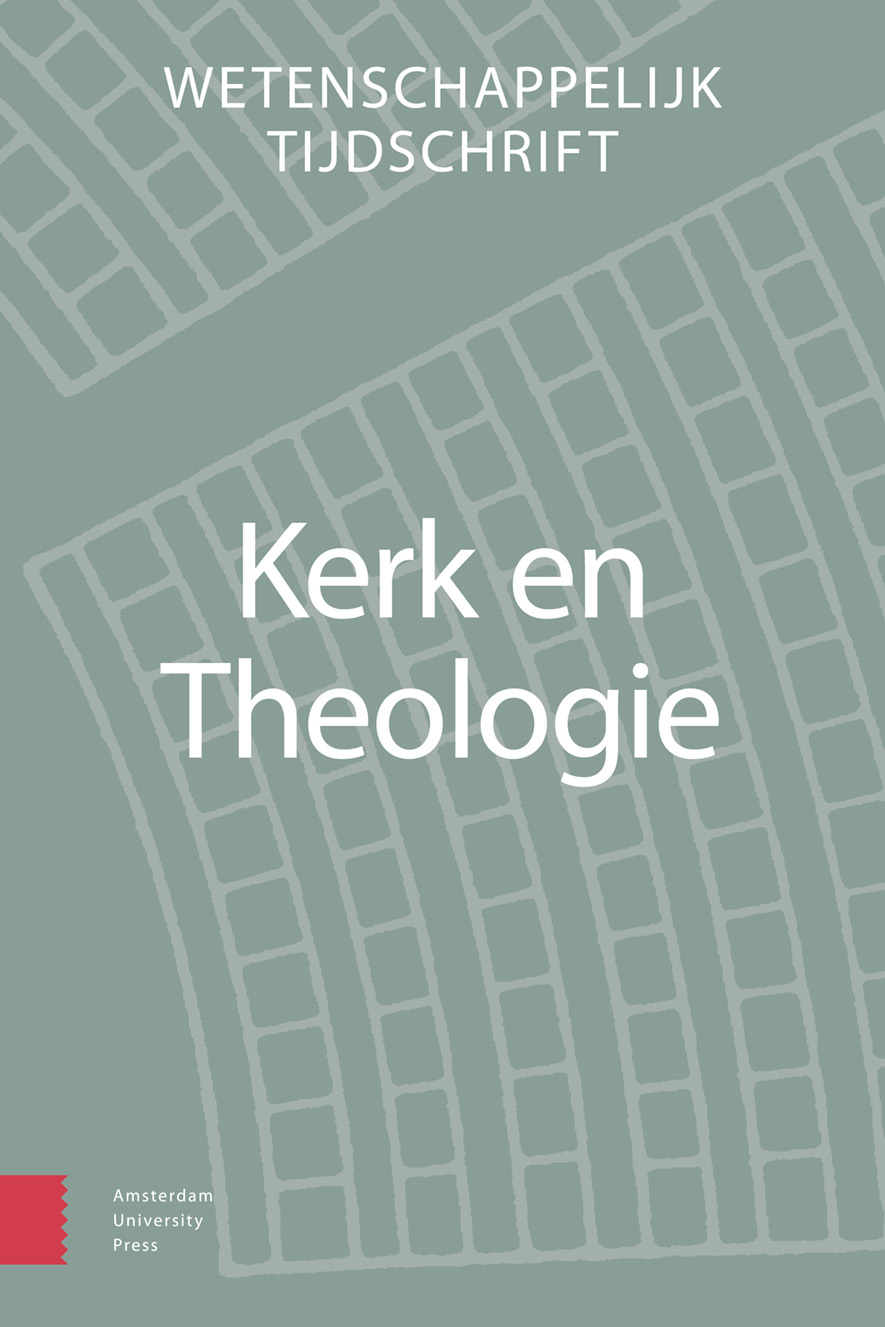
Full text loading...
This article examines the meaning and use of divine vengeance in New Testament texts against the background of Greco-Roman, Old Testament and Early Jewish speech on vengeance. The New Testament authors consider divine vengeance to be an act of divine eschatological justice in which God or Jesus stands up for divine honor and the (covenantal) people. Divine vengeance is an answer to unfaithfulness and persistent unworthiness. The New Testament authors use the concept of divine vengeance to warn against unworthy behavior as a follower of Jesus the Messiah or as pastoral guidance in times of oppression and worries.

Article metrics loading...

Full text loading...
References


